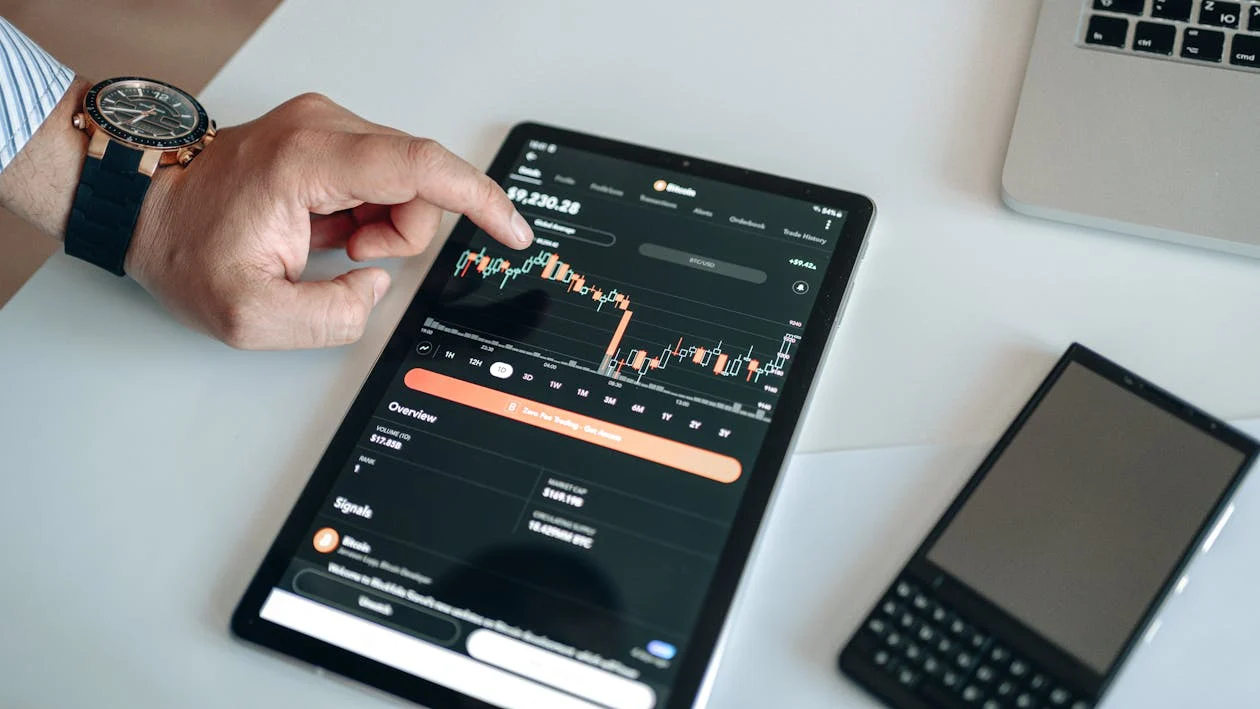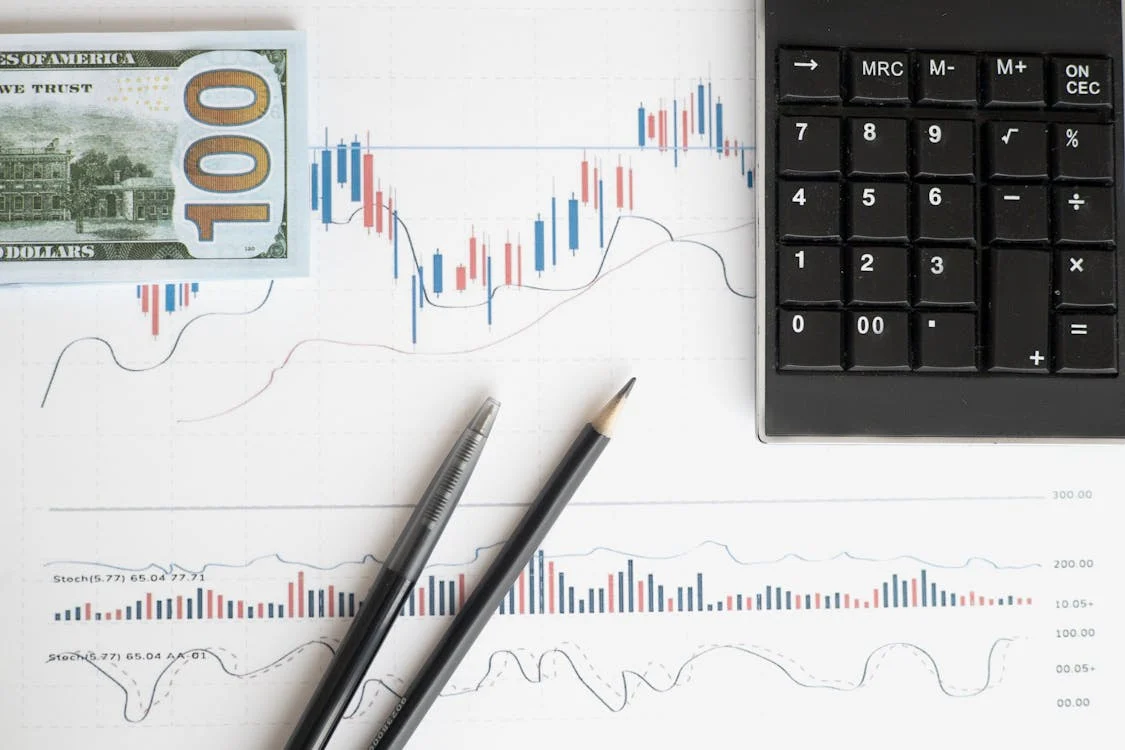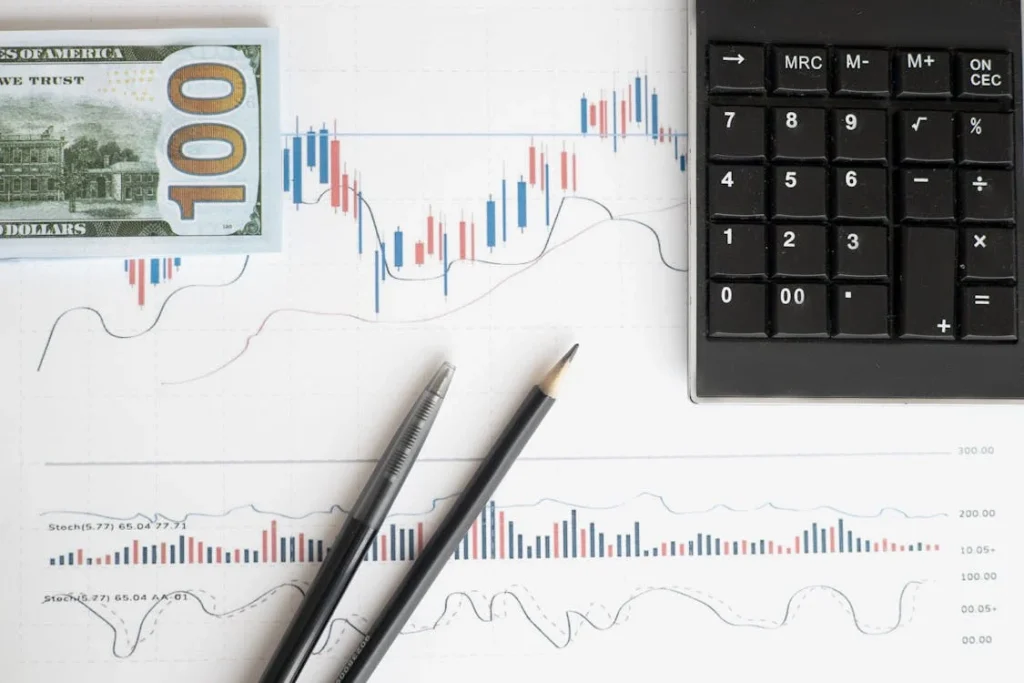In the dynamic and fast-paced world of Forex trading, it is crucial for traders to have a well-rounded understanding of the factors influencing currency markets. While many traders rely heavily on technical analysis, which focuses on past price movements, fundamental analysis provides a deeper insight into the broader economic, political, and social factors that affect currency values.
In this article, we will explore what fundamental analysis is, why it’s important in Forex trading, and how you can use it to make better-informed trading decisions.

What is Fundamental Analysis?
Fundamental analysis is the study of economic, financial, and geopolitical factors that influence the value of a currency. This method examines various economic indicators, political events, central bank policies, and geopolitical developments to assess the overall strength or weakness of a currency.
Unlike technical analysis, which focuses on past price data, fundamental analysis looks at the underlying economic and political conditions that drive currency prices.
Why is Fundamental Analysis Important in Forex Trading?
Fundamental analysis is important in Forex trading because it helps traders understand the big picture and gain insight into the forces that drive currency price movements. Unlike technical analysis, which is based purely on historical data, fundamental analysis takes into account factors like:
-
Interest rates set by central banks.
-
Inflation rates and their impact on purchasing power.
-
Economic growth and GDP data.
-
Unemployment rates and labor market conditions.
-
Political stability and government policies.
-
Global trade and capital flows.
By understanding these factors, traders can better predict long-term currency trends and make more informed decisions about when to buy or sell a particular currency.
Key Economic Indicators in Fundamental Analysis
Several economic indicators are essential when conducting fundamental analysis in Forex trading. These indicators provide valuable data that helps traders gauge the health of an economy and predict currency movements.
1. Interest Rates
Interest rates set by central banks, such as the Federal Reserve in the United States or the European Central Bank (ECB), have a significant impact on currency values. Higher interest rates tend to attract foreign investment, increasing demand for the currency and causing its value to rise.
Conversely, lower interest rates can have the opposite effect, leading to a depreciation in the currency’s value. Traders often closely monitor central bank meetings and interest rate announcements to gauge the direction of currency movements.
2. GDP (Gross Domestic Product)
GDP is the total value of goods and services produced by a country and is often used as an indicator of economic health. A growing GDP suggests a healthy and expanding economy, which can lead to a stronger currency. On the other hand, a shrinking GDP or economic contraction can result in currency weakness.
Traders use GDP data to assess the strength of a country’s economy and predict whether the central bank may change its monetary policy in response to economic growth or decline.
3. Inflation Rates
Inflation refers to the rate at which the prices of goods and services rise over time. Moderate inflation is generally considered a sign of a healthy economy, but high inflation can erode the value of a currency and reduce purchasing power.
Central banks often adjust interest rates in response to inflation to maintain price stability. High inflation typically leads to higher interest rates, which can strengthen the currency. Traders pay close attention to inflation data, such as the Consumer Price Index (CPI), to assess the potential impact on currency values.
4. Unemployment Rate
The unemployment rate is a key indicator of economic health. A high unemployment rate signals a weak economy, which can lead to lower consumer spending and reduced demand for a country’s currency. Conversely, a low unemployment rate suggests a strong economy with healthy labor market conditions.
Traders look at the unemployment rate to gauge the strength of the labor market and assess the potential for future economic growth.
5. Retail Sales and Consumer Confidence
Retail sales data provides insight into consumer spending, which is a key driver of economic growth. Strong retail sales suggest that consumers are confident and willing to spend, which can boost economic growth and support currency strength.
Similarly, consumer confidence indicators, such as the Consumer Confidence Index (CCI), provide insight into how optimistic consumers feel about the economy. High consumer confidence can lead to increased spending and stronger economic performance, potentially strengthening the currency.
6. Trade Balance
The trade balance measures the difference between a country’s exports and imports. A trade surplus, where exports exceed imports, typically strengthens the currency, as it indicates strong demand for the country’s goods and services.
A trade deficit, where imports exceed exports, can weaken the currency, as it suggests that the country is importing more than it is exporting, potentially leading to higher demand for foreign currencies.
7. Political Stability and Economic Policy
Political events, such as elections, government stability, and policy changes, can have a profound effect on currency values. Political instability or uncertain government policies can lead to a loss of confidence in a country’s economy, causing its currency to depreciate.
Traders pay close attention to elections, government decisions, and geopolitical tensions, as these can cause significant volatility in the Forex market.
How to Use Fundamental Analysis in Forex Trading
To use fundamental analysis effectively in Forex trading, traders need to combine it with technical analysis and develop a comprehensive trading strategy. Here’s how you can use fundamental analysis:
1. Monitor Key Economic Reports
Keep an eye on economic calendars to track upcoming economic reports and events, such as interest rate decisions, GDP data, inflation reports, and employment figures. These reports provide valuable information about the health of the economy and can influence currency movements.
2. Stay Updated on Central Bank Policies
Central banks play a crucial role in currency values through their monetary policies. Regularly follow central bank announcements and speeches to understand the outlook for interest rates and other economic measures. This can help you predict potential currency movements.
3. Combine Fundamental and Technical Analysis
While fundamental analysis provides valuable insights into long-term trends, technical analysis can help identify short-term trading opportunities. Combining both methods allows you to make more informed and balanced trading decisions.
4. Understand Market Sentiment
Market sentiment refers to the overall mood of traders and investors, influenced by factors such as economic data, geopolitical events, and global trade. Understanding market sentiment can help you gauge whether a currency is overbought or oversold and predict potential reversals.




